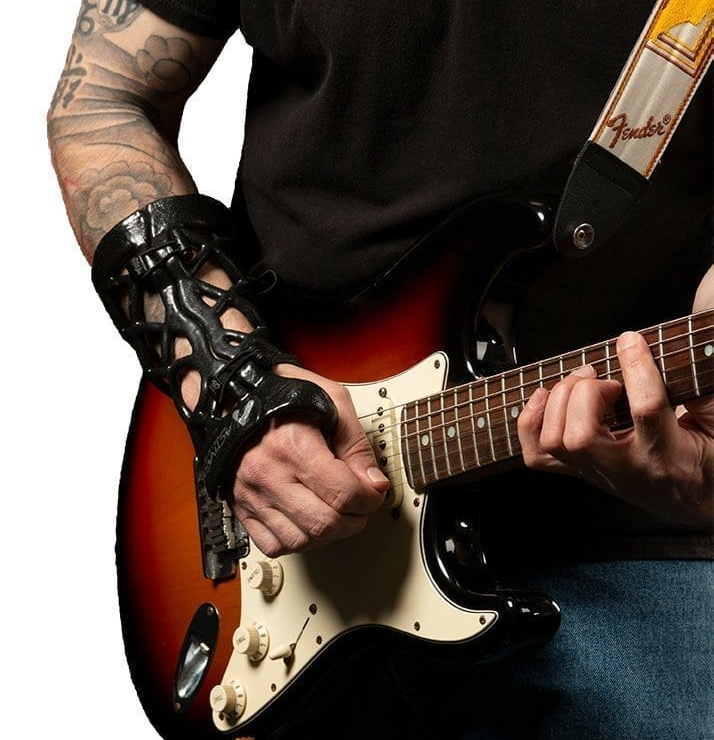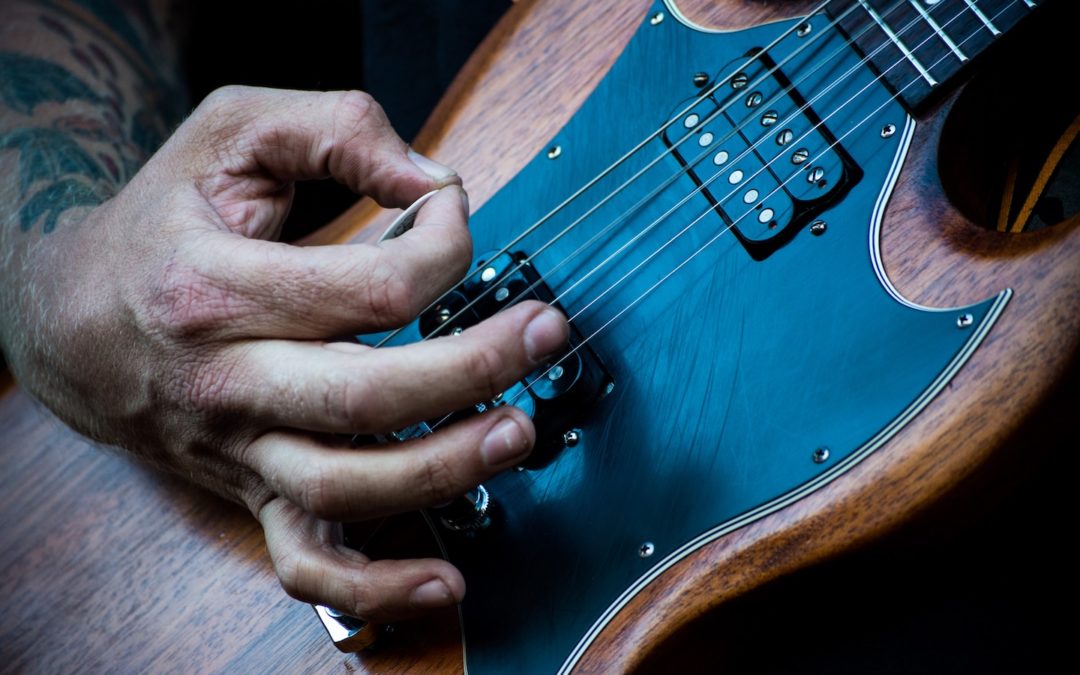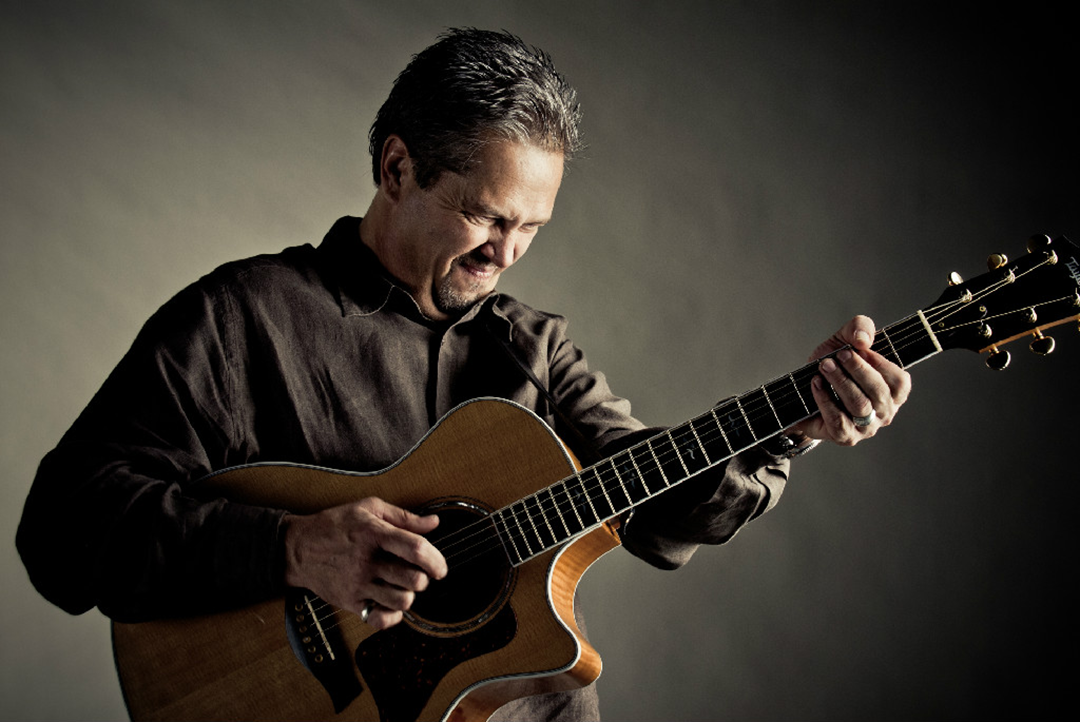To avoid carpal tunnel as a musician, take frequent breaks and incorporate stretching exercises into your practice routine. As a musician, your hands and wrists are your most valuable tools.
However, the repetitive motions of playing an instrument can take a toll on your body, leading to conditions such as carpal tunnel syndrome. This painful condition can limit your ability to play and perform, and may even require surgery to correct.
To prevent carpal tunnel as a musician, it is important to take regular breaks and stretch your hands and wrists throughout the day. By implementing these simple strategies, you can reduce your risk of injury and continue to enjoy playing your instrument for years to come.

Credit: www.carpalrx.com
Causes Of Carpal Tunnel Syndrome
Carpal Tunnel Syndrome is a common condition amongst musicians. The condition is caused by a compressed nerve in the wrist, leading to pain, numbness, and weakness. To avoid Carpal Tunnel Syndrome, musicians need to understand the causes of the condition and implement preventive measures.
Repetitive Strain
One of the leading causes of Carpal Tunnel Syndrome amongst musicians is repetitive strain. This occurs when a musician performs the same movement over and over again, causing strain and inflammation on the tendons and nerves in the wrist.
To avoid repetitive strain, musicians should regularly stretch their hands and fingers, take breaks during practice and performance, and engage in diverse playing techniques. It’s crucial to avoid overworking the hands and to take regular breaks to prevent strain.
Incorrect Technique
Incorrect playing techniques can also lead to Carpal Tunnel Syndrome. When a musician plays with incorrect hand and finger placements, it causes excess pressure on the wrist and can lead to inflammation and nerve compression.
To avoid injury, musicians should practice proper hand placement by using ergonomic instruments and equipment. It’s essential to relax the hand and wrist, avoid tension, and maintain a neutral wrist position when playing.
Improper Posture
Poor posture during practice and performance can lead to Carpal Tunnel Syndrome. When a musician slouches or hunches, the rounded shoulder position compresses the nerves and blood vessels that travel through the shoulder down into the arm and hand.
To avoid injury, musicians should practice good posture by sitting in a comfortable chair with the feet flat on the floor, the back straight, and the shoulders relaxed.
Medical Conditions
Certain medical conditions, such as arthritis, diabetes, and hypothyroidism, can increase the risk of Carpal Tunnel Syndrome. These medical conditions can cause swelling and inflammation in the wrist, leading to nerve compression.
Musicians with underlying medical conditions should consult with their physician to manage their condition and prevent Carpal Tunnel Syndrome.

Credit: mtfusa.org
Symptoms Of Carpal Tunnel Syndrome
Carpal Tunnel Syndrome is a painful condition that can affect musicians. Symptoms include numbness, tingling, and weakness in the wrists and fingers. To avoid developing the condition, musicians should practice proper posture, take frequent breaks, and use ergonomic instruments and equipment.
As a musician, it is crucial to be aware of the symptoms of Carpal Tunnel Syndrome (CTS). CTS is a condition that occurs when the median nerve in the wrist becomes compressed or squeezed due to the narrow passageway called the carpal tunnel. The symptoms of CTS can range from mild to severe and can include:
Numbness And Tingling
One of the most common symptoms of CTS is a tingling sensation or numbness in the fingers or hand. This can often occur at night and may wake you up from sleep. The numbness and tingling may also spread up to the forearm and elbow.
Weakness In Hand
CTS can cause muscles in the hand to weaken, making it difficult to grip objects or perform tasks that require fine motor skills, such as writing or playing an instrument. You may also experience a tendency to drop things frequently.
Pain Or Discomfort In Hand Or Wrist
Pain in the hand or wrist is also a common symptom of CTS, especially after prolonged use. The pain may feel like a dull ache or a sharp, stabbing sensation. You may also experience discomfort in the forearm.
Stiffness In Fingers Or Hand
Stiffness in the fingers or hand can occur due to the inflammation caused by CTS. This can make it difficult to move your fingers or hand freely. You may also experience a sensation of swelling or tightness in the affected area. Being aware of the symptoms of CTS is essential for musicians to prevent further complications. By taking steps to prevent the onset of CTS, such as learning proper technique and taking frequent breaks during practice and performance, musicians can continue to play and create music safely and comfortably.
Prevention Techniques
As a musician, it’s crucial to take preventive measures to avoid carpal tunnel. Simple techniques like adjusting hand and wrist positions, taking frequent breaks, stretching, and exercising can help prevent the condition. Investing in ergonomic instruments and accessories can also provide relief and minimize the risk of developing carpal tunnel syndrome.
As a musician, carpal tunnel can be a nightmare. Especially if you are someone who spends hours practicing and performing. It affects your ability to play and can lead to long-term damage if not addressed immediately. The good news is that there are ways to prevent carpal tunnel as a musician. Here are some prevention techniques to help you stay healthy and playing for years to come.
Warm-up Exercises
Starting a practice or performance with cold muscles can lead to increased strain. Therefore, warm-up exercises are a crucial step before playing any instrument. Here are some of the best exercises:
- Wrist rotations – rotate your wrists in circular motions, both clockwise and anti-clockwise, to loosen up your wrists.
- Finger stretches – stretch each finger, one at a time, as far as you can. Hold for a few seconds and repeat for each finger on both hands.
- Arm stretches – stretch your arms up and down and then side to side. This exercise helps to loosen up your shoulders and arms.
Maintain Good Posture
Maintaining a good posture is essential for preventing carpal tunnel as it helps to prevent any unnecessary strain on your wrists and hands. Here are some of the tips:
- Sit up straight – keep your back straight and place your feet flat on the floor. This will help keep your shoulders and arms in proper alignment.
- Keep your wrists straight – avoid bending your wrists when playing. Keep them in a straight and neutral position.
Correct Playing Technique
Playing with improper technique can have long term effects on your wrist health. Use the correct technique, such as:
- Use your whole forearm to move your hands on the keyboard or strings.
- Keep your hands as relaxed as possible.
- Avoid bending your wrists.
Take Breaks
Taking regular breaks is important in preventing carpal tunnel. It reduces any repetitive movements that can cause strain to your wrists. Take a break every 30 minutes of continuous playing and stretch your arms and hands.
Use Ergonomic Tools
Ergonomic tools, such as instrument stands and specially designed gloves, can help prevent tension and fatigue in your hands.
Conclusion
By implementing the above prevention techniques, you can reduce the risk of developing carpal tunnel syndrome. Don’t wait until it’s too late; take care of your hands and wrists today so you can enjoy playing music for years to come.
Treatment And Recovery
As a musician, avoiding carpal tunnel is crucial for your success. Follow these tips to prevent it from happening to you: take frequent breaks, stretch regularly, use proper technique, adjust your equipment positioning, and seek medical treatment promptly if symptoms arise.
With proper care, you can continue playing your instrument pain-free for years to come.
Rest And Immobilization
Carpal tunnel syndrome can be an excruciating experience for any musician. However, the good news is that there are several treatments available that can help you avoid it. One of the first things you should consider is rest and immobilization. If you have been practicing for long hours or playing gigs frequently, it’s essential to rest and give your wrist a break. You can also consider using a wrist splint that helps immobilize the wrist, relieving the pressure off the carpal tunnel and allowing it to heal.
Physical Therapy
Physical therapy is another excellent option for treating carpal tunnel syndrome. Once you get the rest and immobilization you need, the next step is to strengthen your wrist muscles. Some methods of physical therapy include exercises, stretches, hot and cold therapy, and even acupuncture. Your physical therapist will be able to create a custom program to help you strengthen your wrist, making it less prone to future injuries.
Medications
If you are experiencing pain, you can also consider over-the-counter medications such as nonsteroidal anti-inflammatory drugs (NSAIDs) like aspirin and ibuprofen to reduce pain and inflammation. Your doctor may also prescribe corticosteroids or lidocaine injections to reduce inflammation and pain. While all these medications can help ease pain and discomfort, they are not a long-term solution.
Surgery
If you have tried all the above treatments and still experiencing pain and other persistent symptoms, then surgery may be the next step. Carpal tunnel release surgery is a quick and outpatient procedure that involves cutting the carpal ligament to make more space and relieve pressure on the median nerve. Even though it’s a surgical procedure, it has a high success rate and can be a permanent solution if done correctly.
Conclusion
Carpal tunnel syndrome is a serious condition that can cause considerable pain and discomfort to any musician. However, with the right treatment and recovery plan, you can prevent it and continue making music without any pain. Whether it’s rest, physical therapy, medication, surgery, or a combination of these options, the most important thing is to be proactive and seek help as soon as you start experiencing symptoms.

Credit: www.mycarpaltunnel.com
Frequently Asked Questions On How To Avoid Carpal Tunnel As A Musician
How Do Musicians Prevent Carpal Tunnel?
Musicians can prevent carpal tunnel by taking frequent breaks, maintaining good posture, stretching and warming up before playing, using ergonomic instruments, and not playing through pain. It’s also important to avoid overuse and repetition of hand and wrist movements, and to seek medical attention if symptoms of carpal tunnel syndrome persist.
How Do Artists Avoid Carpal Tunnel?
Artists can avoid carpal tunnel by taking regular breaks to stretch their fingers, hand and forearm muscles. They can also adjust their grip on the tools they use, and use ergonomic equipment, such as a mouse pad with wrist support or a pen tablet.
Practicing good posture and avoiding repetitive motions can also help prevent carpal tunnel.
How Do You Not Get Carpal Tunnel When Playing Guitar?
To prevent carpal tunnel when playing guitar, make sure to maintain proper posture, take breaks often, and stretch before and after playing. Adjust the height of your guitar and use lighter gauge strings to reduce tension. Lastly, consult a doctor if you experience any pain or discomfort.
Can Carpal Tunnel Be Prevented?
Yes, carpal tunnel can be prevented by implementing ergonomic workplace practices, taking regular breaks to rest and stretch your hands and wrists, avoiding repetitive hand movements, using proper posture, and wearing wrist braces or splints while performing tasks that strain your wrists.
Conclusion
Carpal tunnel syndrome is a painful condition that affects many musicians. However, by implementing the tips we’ve discussed you can greatly reduce your risk of developing this condition. Remember to take breaks, stretch regularly, maintain good posture, warm up before playing, and invest in ergonomic instruments.
By prioritizing your health and taking proactive measures, you can continue to enjoy making music for years to come.